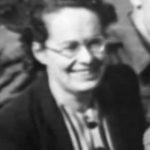Please note: Top Secret: From ciphers to cyber security ended on 31 August 2021. To find out what exhibitions and activities are open today, visit our What’s On section.
Elizabeth I and Mary, Queen of Scots
During the reign of Queen Elizabeth I, England and the Queen herself were under constant threat from enemies at home and abroad. To combat this and to ensure secure postal communications for political, diplomatic and military communications, Elizabeth I established a highly efficient state security service headed by spymaster Sir Francis Walsingham.
Walsingham and others devised their own codes and ciphers, but they also broke other people’s codes. As plots were uncovered to try and kill the Queen, Walsingham’s team intercepted the correspondence to catch the plotters red-handed.
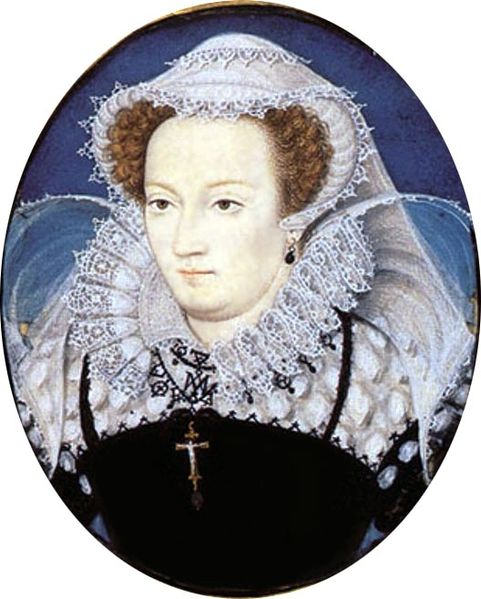
One of the best-known examples was the Babington Plot in 1585, a conspiracy led by Anthony Babington to assassinate Elizabeth I and return Mary, Queen of Scots, to the throne. Mary, Queen of Scots wrote messages in a secret code supporting these plans to assassinate her cousin Queen Elizabeth I. Elizabeth’s spymaster, Francis Walsingham, decoded the letters and Mary was found guilty of treason and beheaded in 1587.

Women in codebreaking during the First World War
Much of the focus of the role of women in intelligence and espionage during the First World War has been on female spies such as the notorious Mata Hari, the exotic dancer who was accused of being a spy for Germany and executed by the French Army in 1917. However, women also had a small and often unacknowledged role in communications and codebreaking in Britain and in France during the First World War.

Telephones were an important part of communications between frontline trenches and military headquarters. By the middle of the conflict, telephone exchanges were set up away from the trenches at military headquarters and depots, and in towns. Here, female and male telephone operators manually connected calls, much as they did in exchanges back home in the UK.
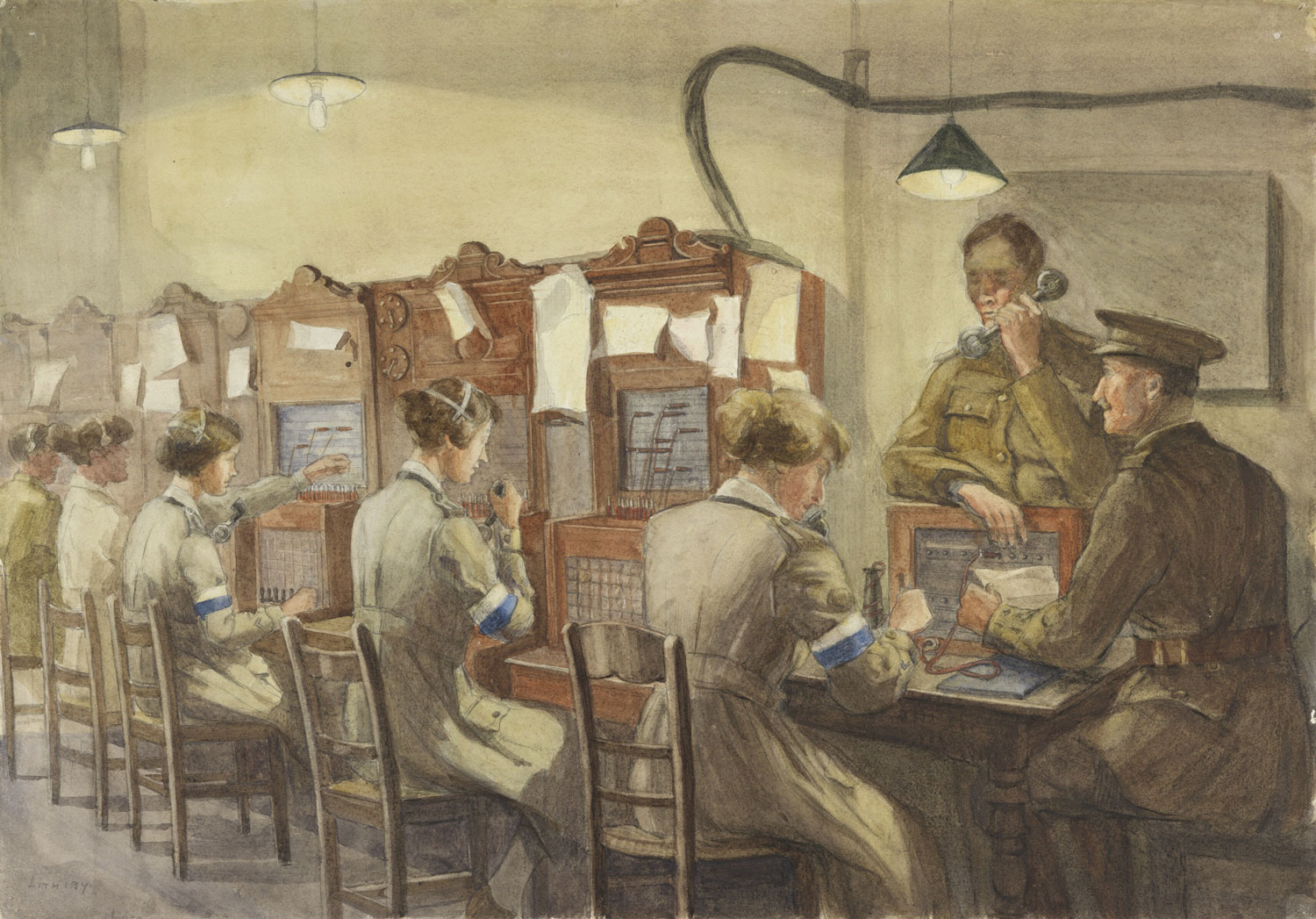
Many of the female telephone operators were employed by the Women’s Auxiliary Army Corps (WAAC), later the Queen Mary’s Army Auxiliary Corps (QMAAC) in 1917 and 1918. Some of WAACs were also employed as codebreakers in France during the First World War and were referred to as HushWAACs, a reference to the secrecy of their work.
On the home front back in the UK, codebreakers across different branches of the British government and military worked on developing codes and ciphers to keep British and Allied communications secure. There were two key organisations working in this area in Britain: the much-celebrated ‘Room 40’ at the Admiralty who covertly intercepted and decrypted the Zimmermann Telegram, the contents of which revealed plans to give American land to Mexico in the event of a German victory—revelations that contributed to the USA’s entry into the war.
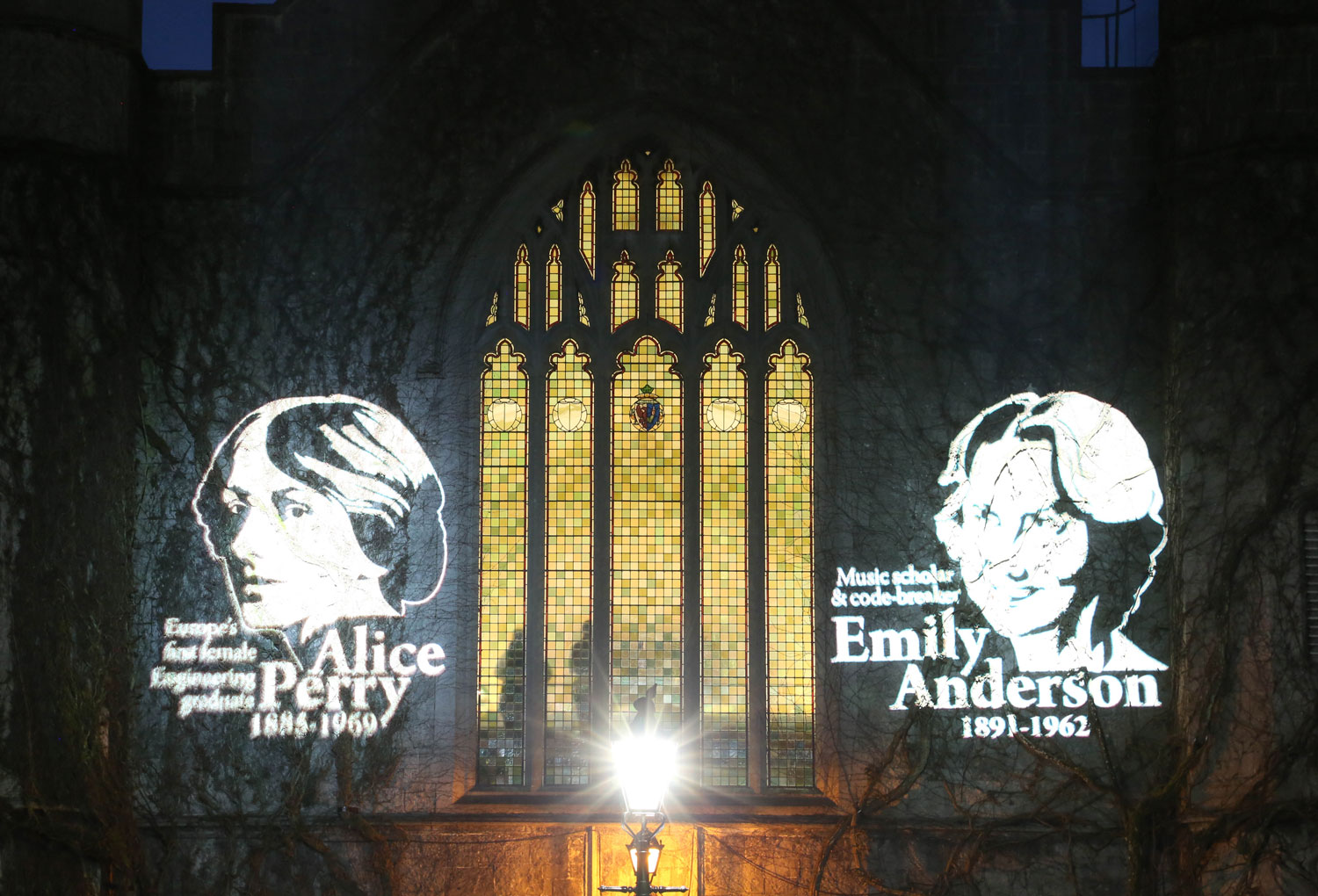
Another, lesser-known codebreaking organisation within the British military was MI1b, the interception and cryptanalysis section of the War Office, who employed Anglo-Irish German music scholar Emily Anderson from 1918 onwards. Anderson was Professor of German at NUI Galway also around this time and seems to have continued her scholarly and codebreaking careers in parallel.
When the various codebreaking organisations of the British military merged to form the Government Code & Cypher School (GC&CS) in 1919, Anderson was the only woman Junior Assistant. In 1920, Anderson resigned from NUI Galway to focus on codebreaking full time and became Head of the Italian Diplomatic section by 1927.
In July 1940, Anderson accepted a posting to General Headquarters (GHQ) Middle East, and in July 1943 she was given an OBE for her work there. Anderson returned to the UK to work on diplomatic intelligence targets, and after the war stayed on in GCHQ. Anderson’s work in editing and publishing the letters of Mozart and Beethoven led the German government to award the Officer’s Cross of the German Order of Merit.
Women in signals intelligence in the Second World War
Women were heavily involved in signal intelligence in the Second World War, working in clerical, mathematical cryptanalysis, linguistics and translation, interception, traffic analysis and computing roles, amongst others. Women, mostly working for the Women’s Royal Naval Service (WRNS), were employed by the ‘Y service’ intercepting encrypted radio messages, which were sent to Bletchley Park by despatch motorbike riders—some of them also women—for attempted decryption.
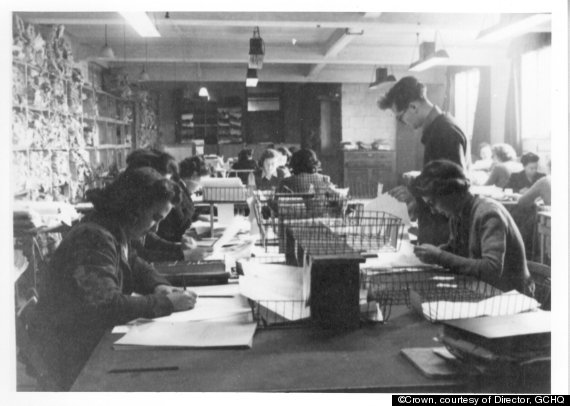
WRNS operated the Bombe Machines used to decipher the daily settings of German Enigma cipher machines. Once the messages had been deciphered, the intercepted messages could then be decoded and translated.
By 31 December 1944, there were 6,760 women working at Bletchley Park—over 4,000 in military service roles (mostly WRNs) and over 2,500 in civilian roles—representing over two-thirds of the overall workforce. Female codebreakers were relatively rare at Bletchley Park, with two notable examples being Mavis Batey (née Lever) and Joan Clarke.
Batey’s codebreaking work at Bletchley Park included breaking Enigma messages that led to the Royal Navy’s victory at Matapan in 1941 and breaking the extraordinarily complex German secret service, or Abwehr, Enigma cipher without which the Double Cross deception plan that ensured the success of the D-Day landings could never have gone ahead.
Another female codebreaker at Bletchley Park was Joan Clarke (who was briefly engaged to Alan Turing), the only woman to work in the nerve centre of the quest to crack German Enigma ciphers, who went on to become deputy head of Hut 8, and would be its longest-serving member. After the war, Joan remained in GCHQ, leaving to live in Scotland after marriage but then rejoined GCHQ in 1962 and worked in cryptanalysis for the rest of her career.
Portland Spy Ring
The Portland Spy Ring was one of the most successful spy rings to operate in Cold War Britain, stealing top-secret British documents from the naval research base at Portland, Dorset and smuggling these to the Soviet Union.
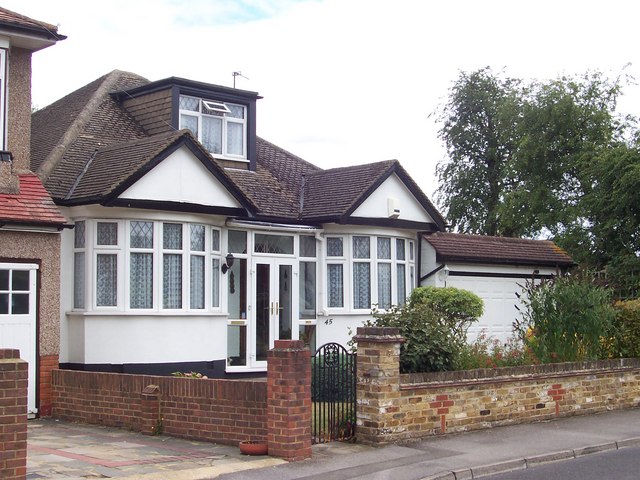
In January 1961, all five members of the Portland Spy Ring were arrested simultaneously and their homes searched for spycraft. Elaborate equipment for hiding and transmitting secret messages, including a powerful radio set, had been disguised around their homes including the unremarkable suburban home of Helen and Peter Kroger in Ruislip, London. Many of these objects are on display in our Top Secret exhibition.
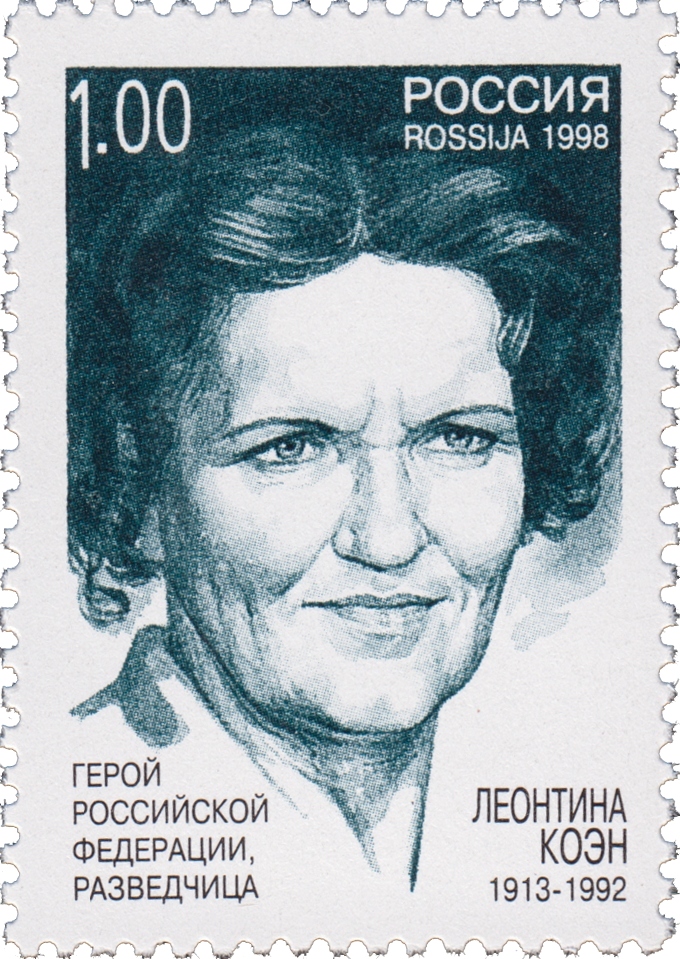
Two members of the spy ring were women: Canadian housewife Helen Kroger, in reality undercover spy and American communist Lona Cohen, and Ethel Gee, who worked at the Portland base with her boyfriend Harry Houghton. Houghton was ringleader in terms of stealing the top-secret naval documents and it seems Ethel Gee was an unknowing member of the spy ring. She loved Harry Houghton and claimed he told her they were passing the documents to an American naval officer to check the UK-USA alliance was sharing naval technology fairly. Ethel Gee and Harry Hougton eventually married after they were released from prison.
In contrast, Helen Kroger spied knowingly for her political beliefs. Both her and her husband were American communists who had worked for the Soviet Union throughout the 1940s through to their arrest in the early 1960s. The Krogers fled the US in 1950 and, it is believed, Helen Kroger received Soviet training as a radio operator and cipher clerk, before coming to the UK in 1954.
Women in cyber security today
Today, cyber security offers an exciting and inspiring career path for women in intelligence and other fields, with programmes such as the UK’s National Cyber Security Centre (NCSC) CyberFirst programme encouraging young people, including young women, aged 11–17 years to explore their passion for technology by introducing them to the fast paced world of cyber security.
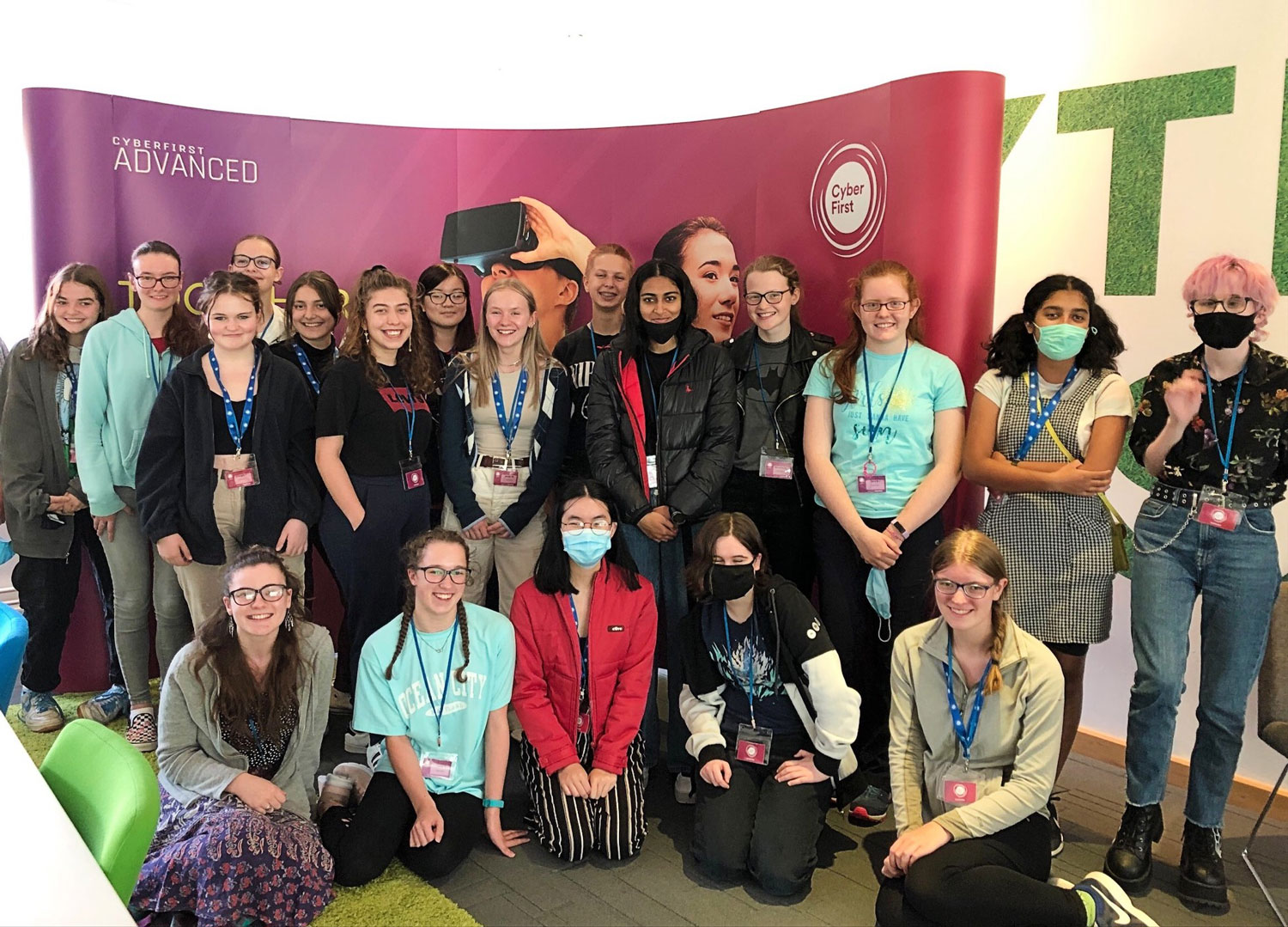
We spoke with Karen Danesi, Deputy Director Capability, and Carolyn Ainsworth, Acting Deputy Director Chief Engineer, two women who work in cyber security at the National Cyber Security Centre (NCSC), part of GCHQ, about their interest in science, technology, engineering and mathematics (STEM) and their career path and roles in cyber security today.
Karen described how her interest in technology was sparked by being “one of those kids who took things apart—and most of the time I could put the thing back together successfully”, while Carolyn’s interest began with a degree in mathematics before moving into aviation and eventually cyber security after sixteen years in the aviation industry. Carolyn was attracted to GCHQ “because of their reputation in technology and also, as part of the Civil Service, I felt they may accommodate my work-life balance better.”
Carolyn and Karen emphasised the positive nature of the work that they do, working with “amazingly talented individuals who are having real world impact by using their skills to solve complex customer problems” as well as the problem-solving nature and the reward of delivering real-life benefits in terms of improving the security of the UK.
Both women felt cyber security and working at the NCSC are welcoming career paths for women with a flexible work-life balance and increasing number of female role models at all levels in cyber security. For example, Lindy Cameron is the current CEO of NCSC and the NCSC management board is 50/50 men and women.
Karen emphasised the importance of opportunities for women in cyber security, especially around teamwork and different skills: “Successful cyber security isn’t achieved by anonymous youths in hoodies staring at a screen full of green binary digits. It really is a team sport requiring a mix of skills and disciplines.”
These attributes of teamwork and different skills and disciplines provide a common thread for the women who have worked in intelligence from Emily Anderson working in MI1b in the First World War and later GC&CS, to the thousands of women who worked in almost every role possible at Bletchley Park, and through to women in cyber security today.

